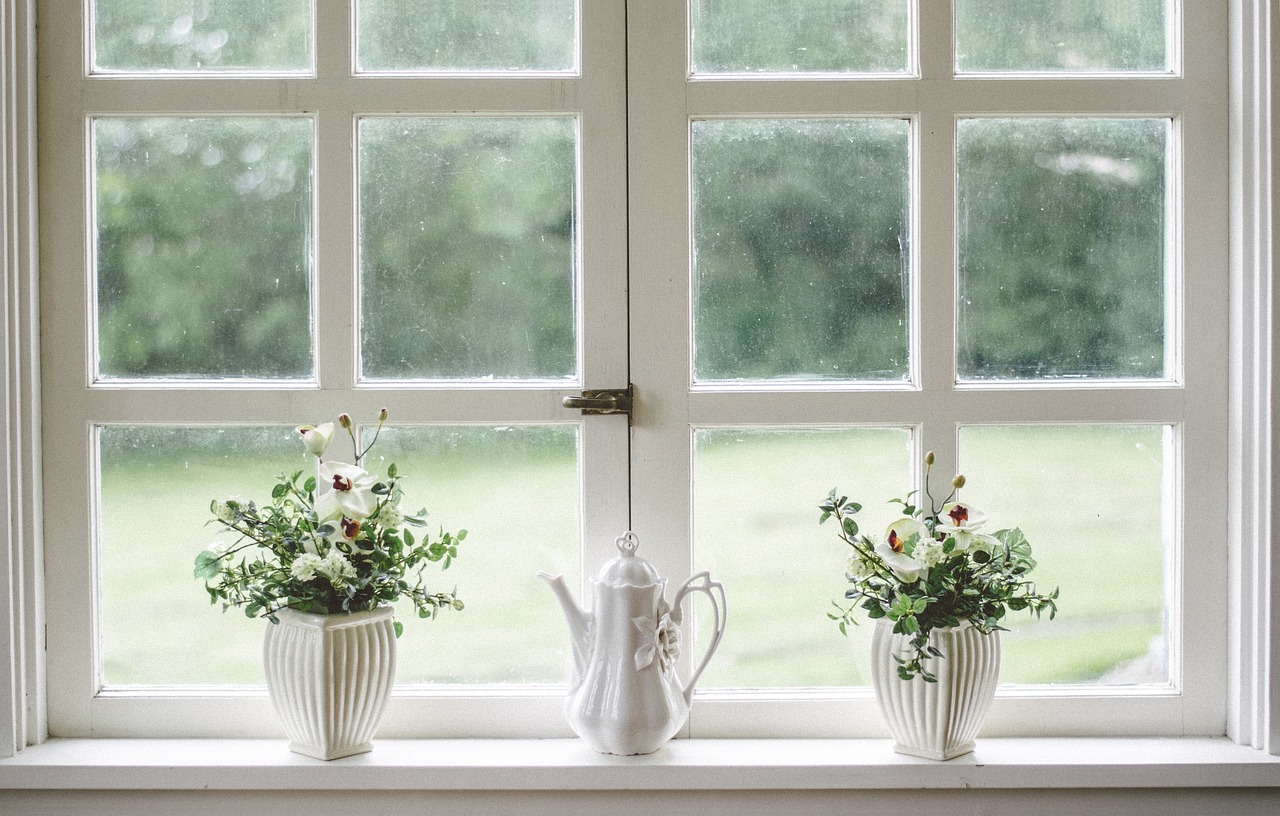Window renovation is an exciting project for homeowners. However, it is also a big responsibility that requires a careful analysis of all aspects, including financial costs. Otherwise, it can create substantial trouble in the future.
When undertaking a renovation project, you should adopt a calculated approach and prioritize efficiency to reap the benefits. Even a simple decision like choosing between double-hung or single-hung windows will impact the final look.
As most of these choices are determined by the budget, understanding all expenses in advance is crucial.
The following article details each financial aspect you’ll encounter when renovating the windows and giving your home a new look. Continue reading to get a big picture of the cost breakdown for the products and equipment you might use in your project.
Types
Let’s look at the basics first.
Any window renovation job starts with selecting the type of units for your home. The prices vary according to the style and features you’re looking for.
For instance, double-hung windows offer ample ventilation and attractive aesthetics, although they command a higher price than single-hung windows.
The combined sliding functionality of double hung windows makes them more expensive than the mono sliding characteristic of single-hung windows. After all, advanced design elements don’t come at a cheap price. Since customers pay for better ventilation, they have no regrets. As a bonus, these are easier to clean than single-hung models.
Budgetary constraints prompt some designers to opt for single hung windows as they are more affordable than double-hung versions. However, such cost-cutting steps may require a compromise on flexibility and energy efficiency.
If your home has single-hung windows, this might be the time to level up!
Materials
Windows are available in various materials, with vinyl being the least expensive and wood being the most pricey choice.
Next, factor in the glass’s price before kickstarting the renovation process. Single pane glass is the entry-level option, but we recommend you look for glasses that offer maximum protection.
If you install two-layer or three-layer glass windows, you’ll save a lot on heating and cooling expenses in the long run. Their energy efficiency makes them a worthy investment. No wonder homeowners don’t hesitate to spend extra bucks on them.
Low-E glass is getting increasingly popular among people looking to boost their home’s energy efficiency. Other alternatives are argon or krypton gas fills between double or triple panes. Though they raise the overall cost, the benefits from heavy reflection are immense.
Prepare to allocate a significant portion of your budget to glass panes. Try to find the perfect balance between short-term purchasing costs and long-term savings.
Installation Charges
Now that you have the materials ready, it is time to plan for the installation charges.
Some DIY enthusiasts try to take matters into their own hands. Self-installation of window panes goes smoothly if you have good tools—including saws, screwdrivers, and measuring tape—and sound skills. If your toolkit is always ready to go, you’re halfway there.
Additionally, you can rent relatively uncommon tools, such as a nail gun and power drill. It is a cost-effective alternative to purchasing them. Rental costs for equipment can be anywhere between $50 and $150 per day.
Prepping a well-equipped toolbox is often less expensive than professional window installation charges, but when renting the equipment, remember that project delays can translate into higher rental fees.
Skills (which improve only with experience) and luck will enable you to carry out renovation tasks without spending heavily on professional contractors.
On the other hand, window installation isn’t as easy as it seems on paper. Clear guides and YouTube tutorials may be of some help, but you’ll have to invest enough time into the work.
Putting things together becomes especially difficult when working with older homes because their window frames tend to be uneven or show damage.
Naturally, professional installation is more assured and provides a seamless experience. Reputed service providers charge around $100 to $300 per window. The price varies depending on how challenging the job is. The distance between the contractor’s location and your home also matters when negotiating the price. So, try to contact a local company that offers services at a reasonable charge. Speak to some neighbors if you’re unfamiliar with the surroundings and consider their recommendations.
While we do not discourage you from attempting to take care of the installation without external assistance, understand when to step aside and hire a contractor because amateur work can cause undesirable consequences.
A professional touch will make a huge difference if the goal is to transform your home with this renovation project.
Additional Costs and Hidden Expenses
Any renovation project will have expenses beyond materials and manpower.
Fortunately, materials, tools, and labor expenses are easily quantifiable. Other expenses reveal themselves at a later stage of the project.
Homeowners face trouble with age-related windows because decay or mold is often invisible in the initial stages. These problems can be fixed by using wood filler, caulking, and insulation materials. You cannot be hellbent on your budget and overlook this step. Going forward without restoration will be a futile endeavor. So, set aside some money for these unforeseen costs.
Permits are another hidden expenditure you should remember. In some towns, window replacement projects involving major structural or aesthetic modifications call for permits. They will amount to $50-$200, varying according to the local authority’s rules.
If your home is in a city with a notable cultural heritage, you may have to wait a long time until you receive approval from the concerned board. Do your homework before embarking on this journey to avoid frustration in the middle of it.
Conclusion
The duration of renovating the windows depends on multiple factors, including the availability of materials, equipment, service professionals, and, importantly, compliance with local regulations. You can estimate the project cost by adding all these expenses and plan the steps accordingly.
Homeowners who create detailed plans and understand potential expenditures can finish their projects quickly. Improving your home’s appearance and energy performance is really that simple!

